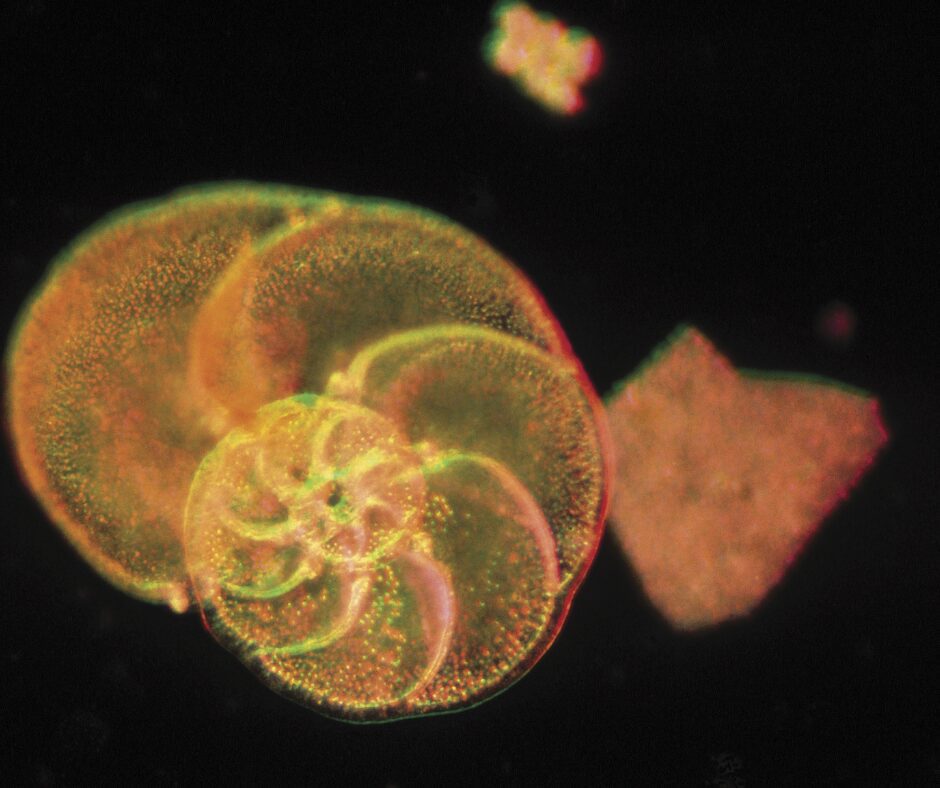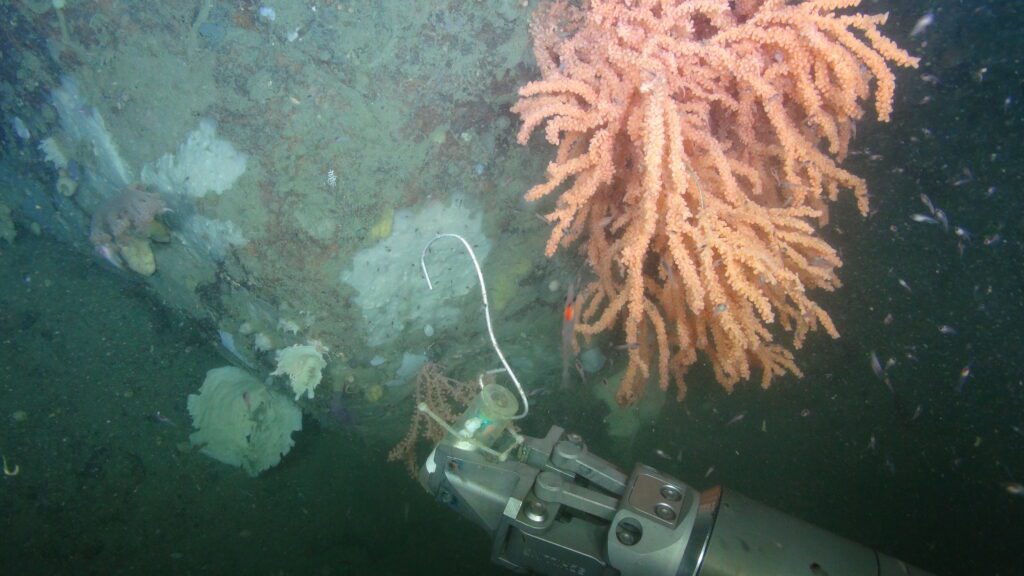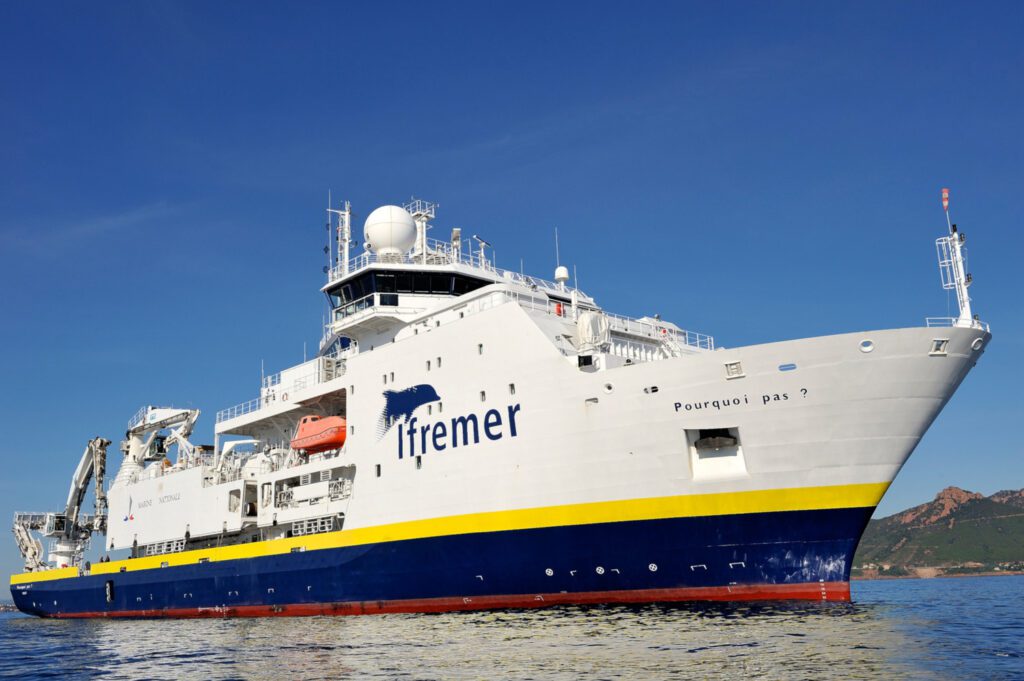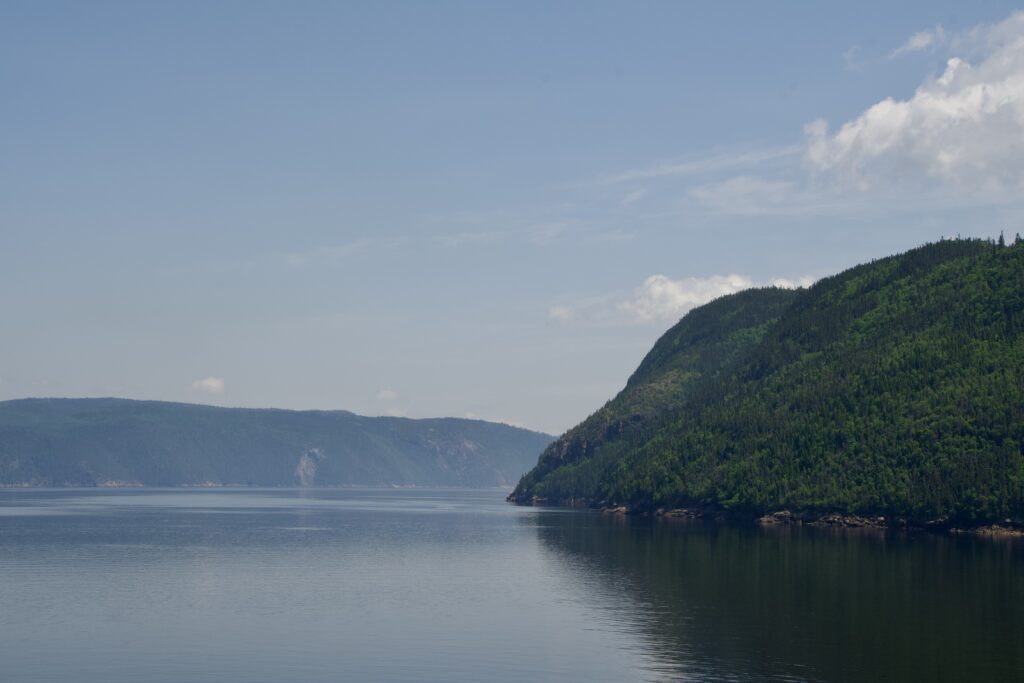Neogloboquadrina pachyderma is a polar planktonic foraminifer that plays a key role in the carbon cycle in Arctic and sub-Arctic waters. This tiny single-celled organism has a calcium carbonate skeleton that helps reconstruct seasonal and environmental variations in these regions. With the rapid warming of the Arctic, the decline in sea ice, and changes in ocean chemistry, understanding its microbiome and trophic interactions is crucial to predicting its survival and future ecological role.
In this article, Bird and his colleagues studied the genetics of N. pachyderma individuals collected in Baffin Bay, as well as the microorganisms comprised in their microbiome. They used 16S rDNA sequencing and transmission electron microscopy to characterize the microbiome of N. pachyderma in Baffin Bay. The results show that the core microbiome includes genomic sequences of six bacteria specialized in the fermentation of simple carbohydrates (monosaccharides) and the degradation of complex carbohydrates (polysaccharides). In addition, genomic sequences of two chloroplasts from diatoms, another single-celled organism in the algae family, were found in the analysis of the N. pachyderma microbiome. These chloroplasts, originating from diatoms living inside N. pachyderma, account for more than half of the genomic sequence in each individual on average. This result reveals a unique intracellular symbiosis never before observed in a planktonic foraminifer.
These findings suggest that N. pachyderma combines a mixed nutritional intake, both bacterial and diatomaceous, to support its metabolism in the extreme polar environment. The incorporation of diatom chloroplasts could provide N. pachyderma with additional energy through photosynthesis, similar to the advantage observed in some kleptoplastic benthic foraminifera that use stolen chloroplasts as a temporary source of energy. However, unlike these benthic species that exploit chloroplasts temporarily, N. pachyderma appears to maintain a more stable, possibly symbiotic association.
This study highlights the importance of microbial interactions for the survival and resilience of polar species in the face of climate change, while emphasizing the key role of N. pachyderma in Arctic biogeochemical cycles.



